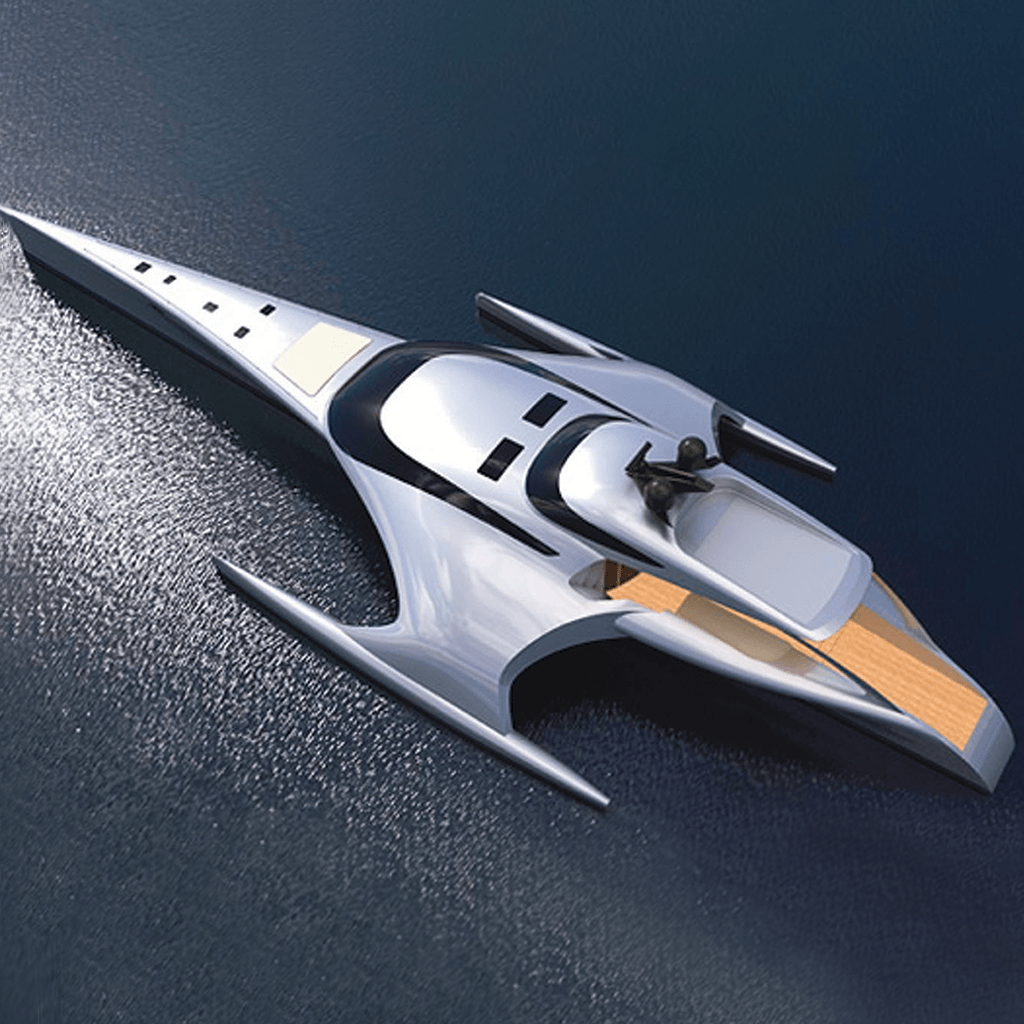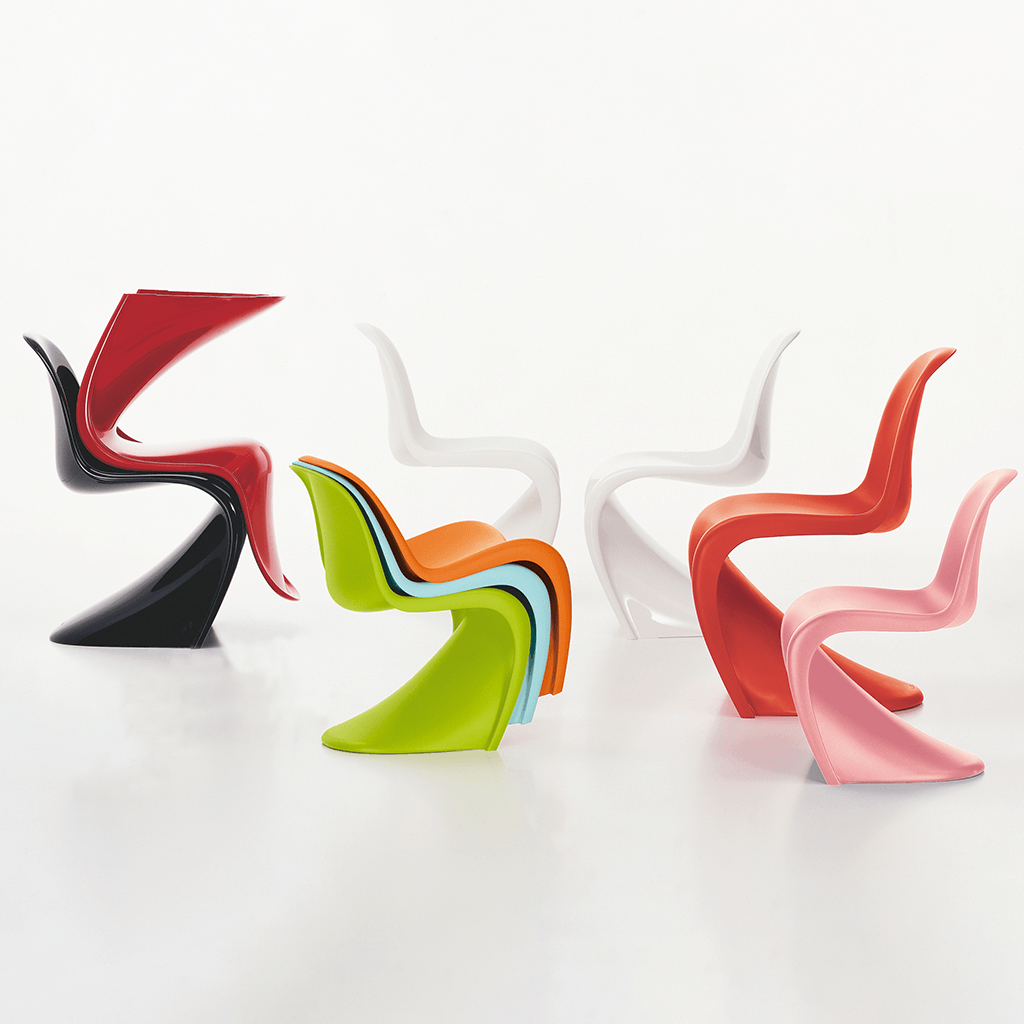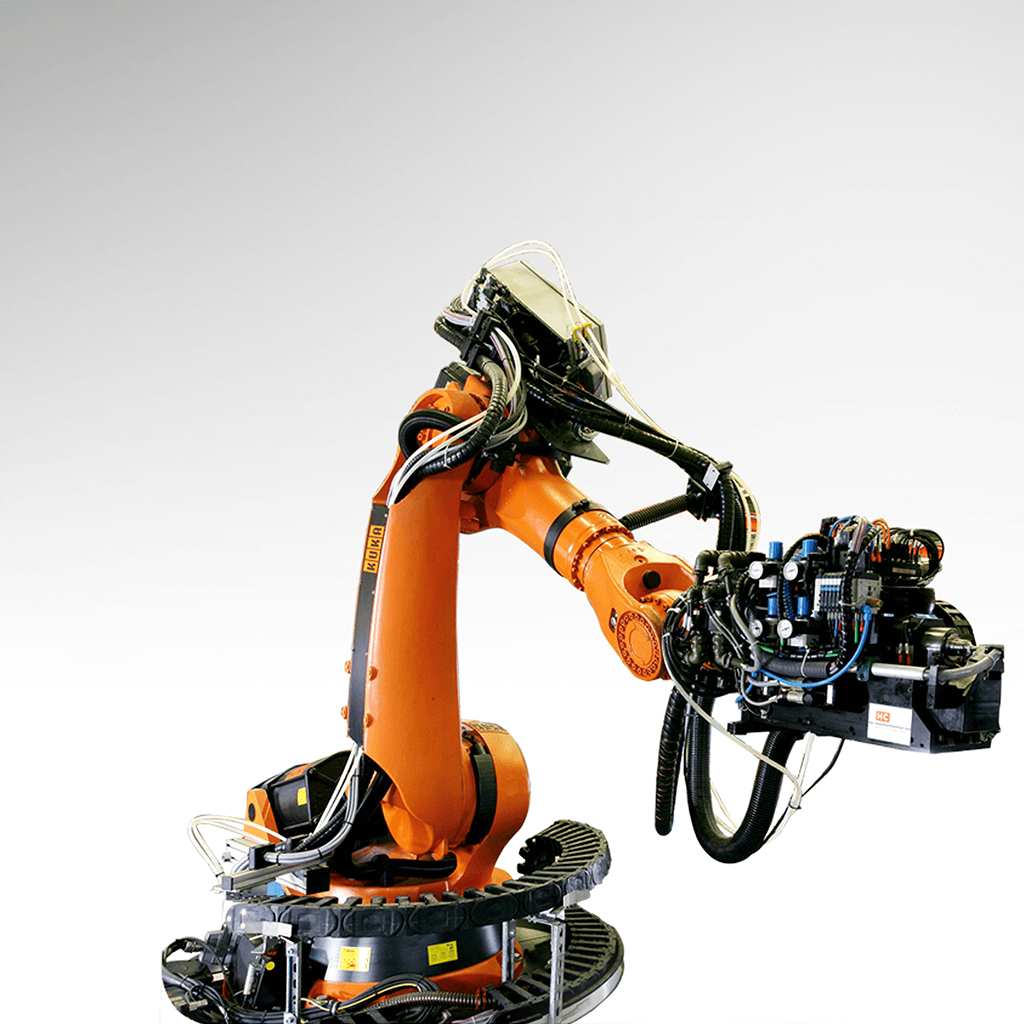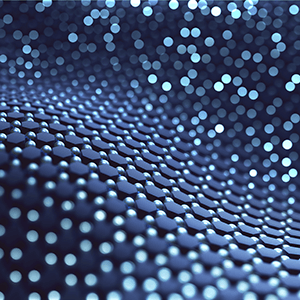Composite materials are more and more integrated into various application industries, from aerospace to sporting goods, from architecture to shipbuilding. Today, they have a special place among the range of materials that engineers can select to develop new products and components.
The various types of technologies, from thermoplastics to thermosets, from glass fiber to carbon fiber and with the added value of high-tech simulation, optimization and production techniques, composites are offering and will offer a broad arena of applications. With new bonding techniques, allowing to combine metal and composite materials, new opportunities have emerged, enabling to choose the right material for the right use, and making the industries development a composition of materials and technologies.
Composites are often praised because of their exceptional lightness in comparison with other materials, such as metals for example.
Their offer better performances, thanks to an unmatched strength-to-weight ratio.
Beyond lightweight, composite materials have additional properties and offer many benefits to fit the requirements of highly demanding utilization, as well as broad applications:
- Design freedom and flexibility, with almost unlimited possible dimensions, geometry and shapes.
- Wide range of finishes, customized outlook and surfacing technologies.
- Chemical corrosion, rust and UV resistance making them the material of choice for harsh conditions.
- Stiffness, directional strength and stability offering outstanding mechanical properties.
- Resilience, Impact withstanding and exceptional longevity reducing material fatigue.
- On-site manufacturing and repairing, enabling lower installation/shipping costs and application on existing structures.
- On-demand production, additive manufacturing and 3D Printing, allowing production and inventories optimization.
- Lower maintenance and better lifecycle management thanks to non-destructive testing technologies and embedded sensors.
- Electromagnetic properties: non-magnetic and, following the composites used, transparent to radio/radar frequencies or damping them.
- Electrical properties either non-conductive or conductive, depending on the fibers used.
- Integration of multiple functions in one part, thus allowing a consolidation of parts and a low part count configuration.
- In-material embedding of sensors, connectors, wirings and lights.
- Fire resistance, thermal insulation and waterproofing.
- Pests and termites resistance for housing and utilities applications.
- Noise, vibration and harshness (NVH) reduction properties, especially in transportation and mobility applications










